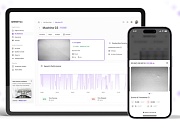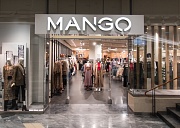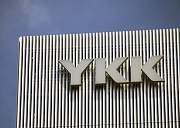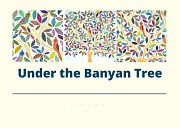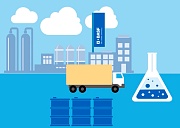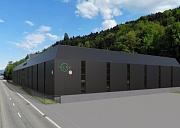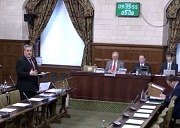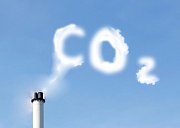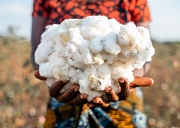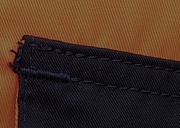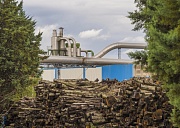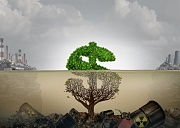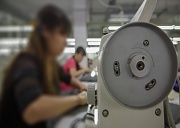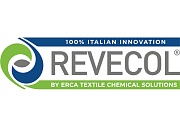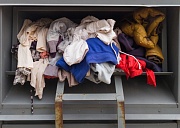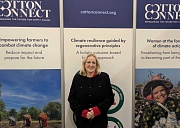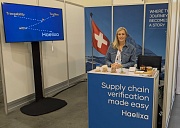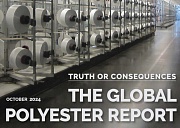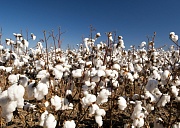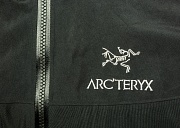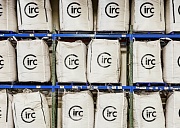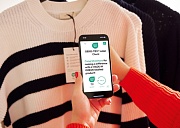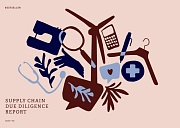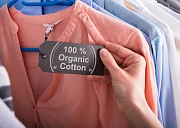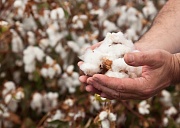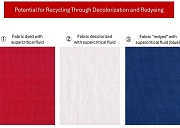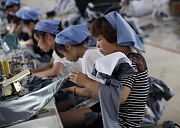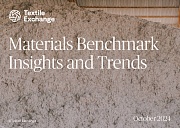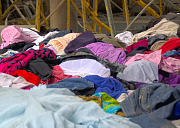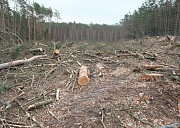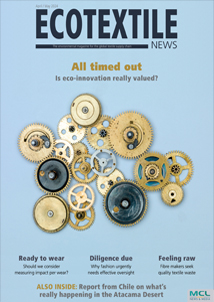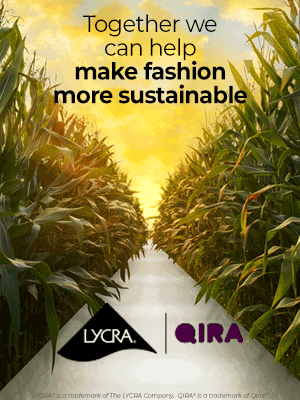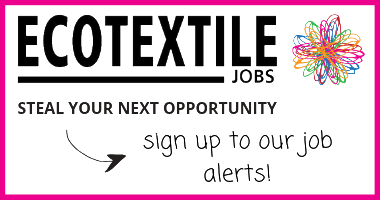The Sustainable Apparel Coalition has launched a new transparency roadmap, which will allow members to roll out previously confidential Higg Index scores to the general public. The move comes as the SAC membership pushes for greater transparency on Higg, in a bid for the tool to become the harmonised textile industry standard of choice for social and environmental improvement. John Mowbray reports.
So far the Sustainable Apparel Coalition has remained relatively quiet about its future plans for releasing Higg Index scores for public consumption, which has prompted concerns that its members have been slow to collect information – or are not keen on releasing data that can be held up to further scrutiny.
But Jason Kibbey, CEO of the Sustainable Apparel Coalition, hopes these fears will now recede after an explicit decision was taken at last month’s annual SAC meeting in Copenhagen to rubber-stamp a new roadmap for the transparent release of all Higg data. The roadmap shows the first tranche of Higg facilities data will be released by mid-2018 and other data, from the brand tool and then the product tool, will be released afterwards, with 2020 seen as a final cut-off date for full public release of the Higg Index.
“We are committing to launch the Environmental and Social Modules for facilities in 2018, so that companies can release their own FEM (Facilities environmental module) scores and FSLM (Facilities Social Labour Module) scores,” Kibbey told Ecotextile News. “Before this happens, we need to do two things as part of the new roadmap – that is the next revision of Higg and also the verification steps. But we are firmly committed to that timeline and there will be a full data release by mid-2018.”
Data from the Facilities tool will be the first to be released since the SAC has more data on this part of Higg than the other two areas: the Brand tool slated for release in 2019 and the much more tricky Product tool, which will bring up the rear in 2020.
 So what exactly will this look like? Kibbey says there is still room for experimentation in order to get it right. “It’s likely there will be some on-product information about scores, but facility data could be available in other ways. Perhaps some sort of interactive on-line map similar to the recently released sourcing map launched by Marks & Spencer.”
So what exactly will this look like? Kibbey says there is still room for experimentation in order to get it right. “It’s likely there will be some on-product information about scores, but facility data could be available in other ways. Perhaps some sort of interactive on-line map similar to the recently released sourcing map launched by Marks & Spencer.”
Until recently there was some trepidation about the release of Higg facilities data because there was no consistent way for it to be used by member companies, or the 6,000 facilities that have so far uploaded modules to the central Higg database.
Communication tool kit
Essentially, for each of the different assessments a ‘communication tool kit’ will be designed that will describe – and to some extent dictate – exactly how the released Higg scores will be used so that information is released in a consistent way. “We are in a position to provide a standardised, comparable way for the Higg scores to be used in public so data can all be used and interpreted in the same way,” said Kibbey.
But will be there a requirement to release all information ‘good and bad’? “We’re focusing on this in our guidelines,” he said, “An is why we are having governance around those guidelines so people do not just cherry pick the best and give a false impression of just one per cent of their supply chain. This will become part of the guidelines for use of the data.”














